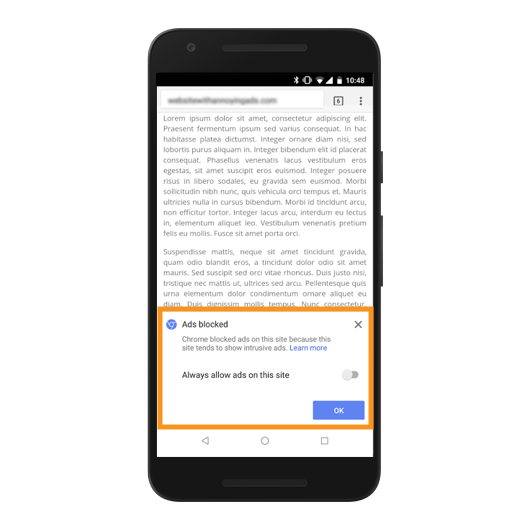How Chrome's Ad Blocker Works
Chrome began blocking all ads for sites with "failing" statuses in the Ad Experience Report on February 15, 2018.
The majority of questions regarding the first major event to impact digital publishing in 2018 have centered around how to avoid violations that lead to having all ads on a domain blocked. Few have wondered how Google would enforce and actually implement this feature in the Chrome browser until Google recently provided an explanation on the Chromium blog.
Testing
Chrome examines sites by testing a sample of their pages at random. The frequency at which tests are executed–that is, whether they occur daily, monthly, or every n months–have not been specified.
Results
The evaluation of any site once it's been tested by Google can be found by running specified resources found here.
To review their own results, including any violations that Google may have detected when running the Ad Experience Report, publishers can view this in their Google Search Console here.
How Chrome blocks all ads for sites with "failing" statuses
- When a user navigates to a page on Chrome, the browser resolves if the page is part of a site that has a "failing" status in the Ad Experience Report.
- If it does, the network requests on the page are checked against a list of ad-related URL patterns. The ad-related URL paterns are based on EasyList filter rules and matches most ad prviders, including Google's own AdSense and DFP.
- If there's a match with a request to an ad-related URL, Chrome blocks the request and the ad call is not made.
- When an ad is blocked, Chrome displays a message to inform the user that ads are being blocked on the page.
- Android users would have to expand an info bar to be exposed to the disable option.

